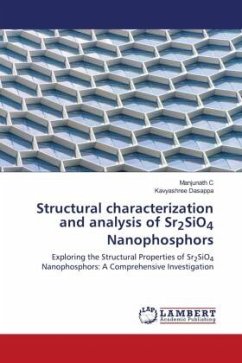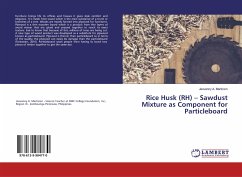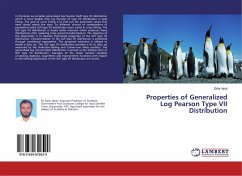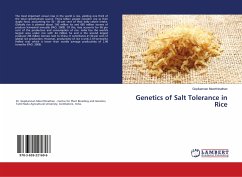The genus Oryza includes two cultivated species and over 23 wild relatives. African rice (Oryza glaberrima Steud.) and Asian rice (Oryza sativa L.) are the two cultivated rice species with more than 3,000 accessions maintained by The International Rice Research Institute (IRRI) and The National Institute of Genetics' Oryza base. Rice is known to be more susceptible to shortage of irrigation water than most of other crops because it is a semi aquatic plant species and is commonly grown in lowland paddies where there is standing water during all stages of growth (Inthapan and Fukai, 1988). Rice is a model system for cereal Biology with the smallest genome consisting of 430 Mb across 12 chromosomes. Abiotic stress like drought and salinity are the most limiting factor of crop productivity and it is estimated to be more than 50% decline in the average yields of major crops worldwide (Bray et al., 2000). Rice has become a powerful tool for comparative cereal genetic and genomic analysis in view of its small genome size (400-430 Mbp), high resolution genetic maps and well established syntenic relationship with other agronomically important cereal species (Davos and Gale, 1997).
Bitte wählen Sie Ihr Anliegen aus.
Rechnungen
Retourenschein anfordern
Bestellstatus
Storno








